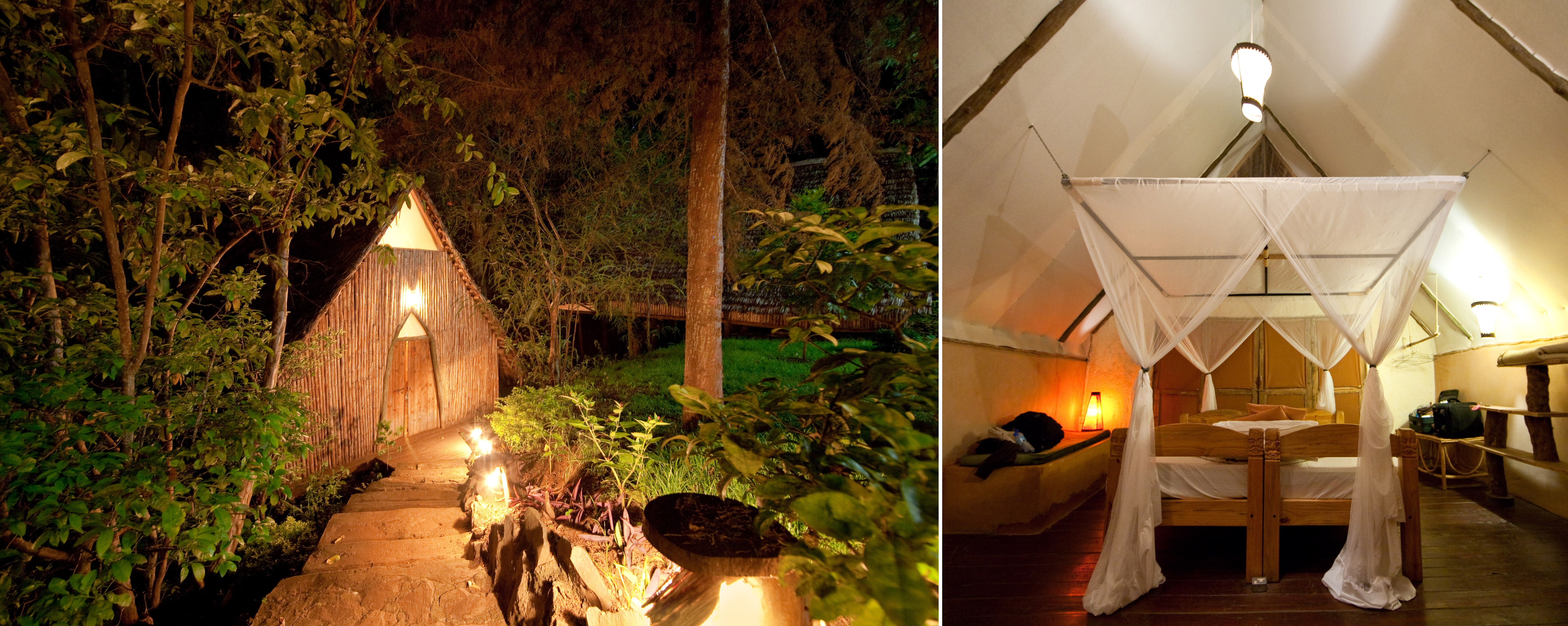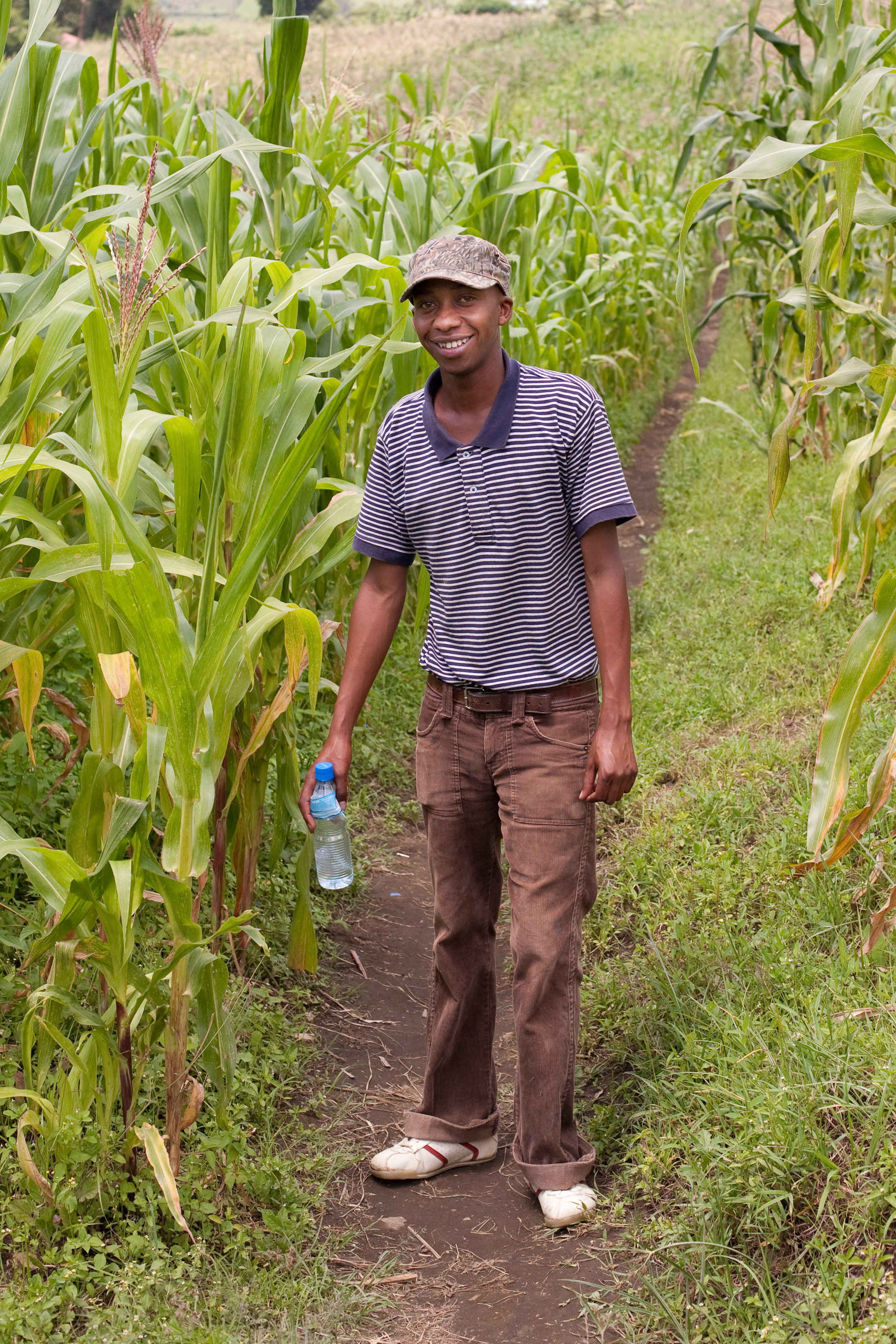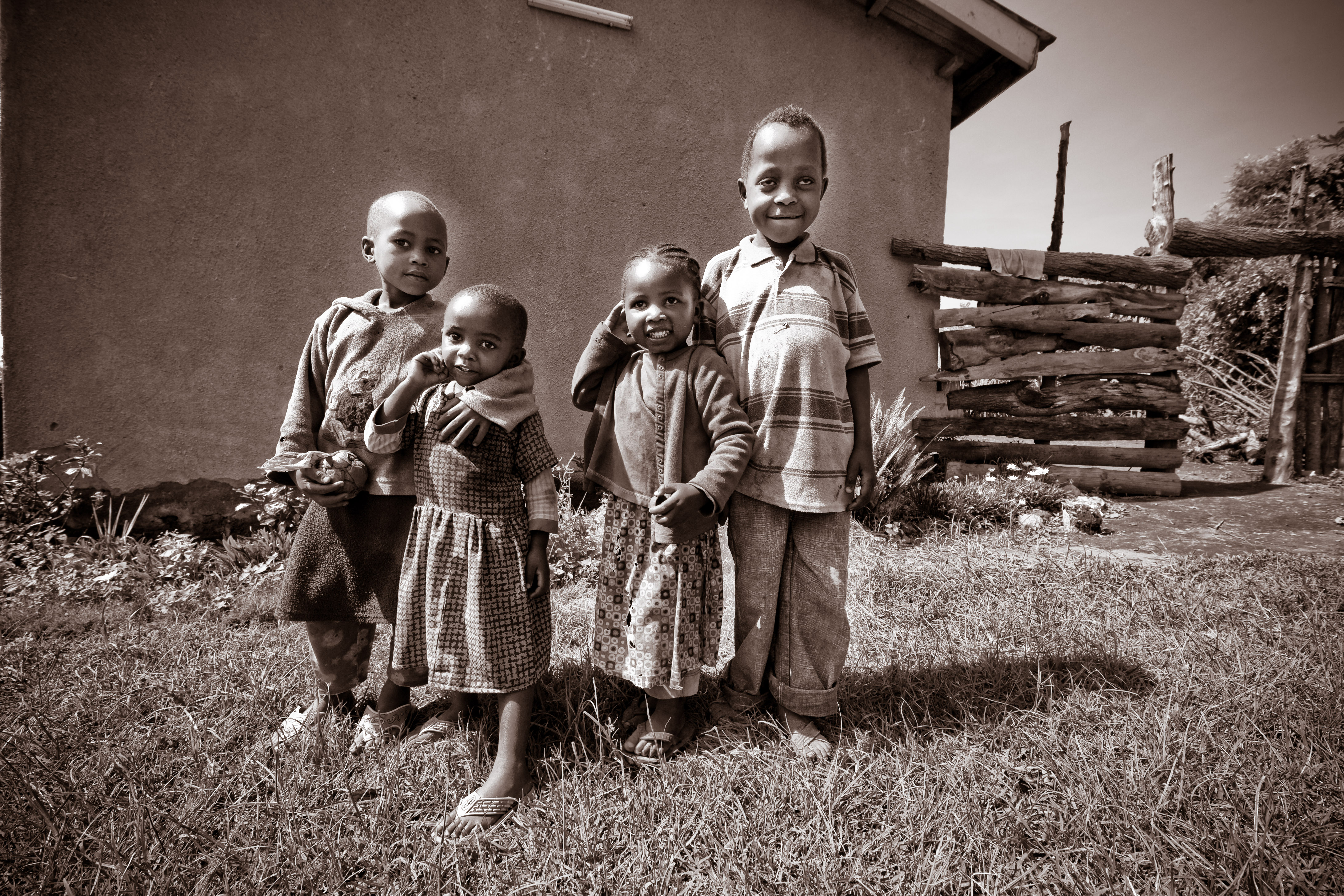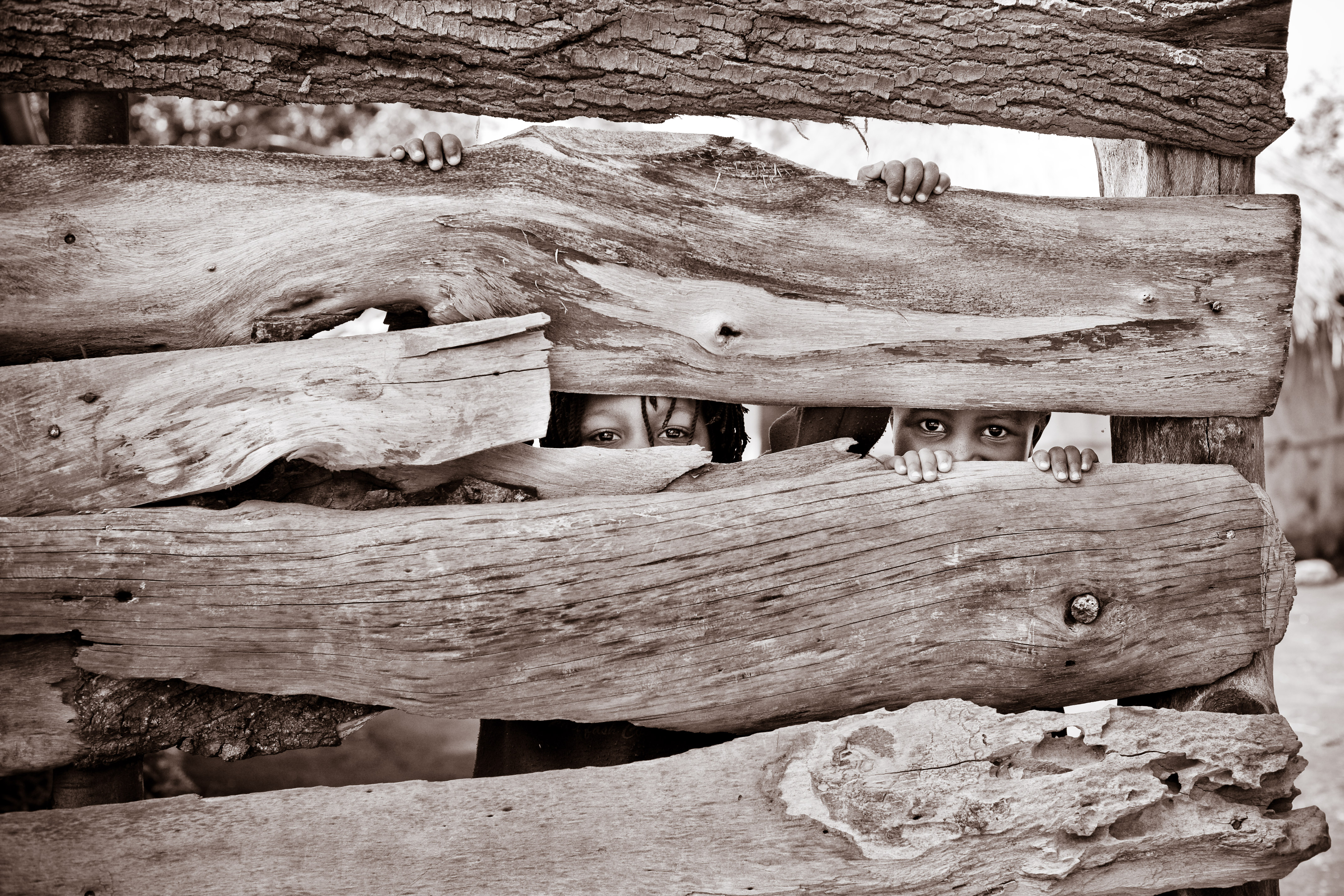Twiga! That’s Swahili for giraffe and boy are there a lot of giraffe in Tanzania. Twiga are the national symbol of Tanzania,whether because they are everywhere or because they’re just so quintessentially African I don’t know. But I do know that this year’s big vacation destination was a very good idea. In the year leading up to our departure I was often asked “why Tanzania?” My trip companions and I all have different answers (the most unlikely being that of my father in law: “I was promised I would not have to put up the Christmas tree and village if I went.”) Pre-trip my answer was something like: “well, because its there. And because that’s where the Serengeti, Ngorongoro Crater and Mount Kilimanjaro are. And oh yeah, I love animals.” Post-trip my answer is more emphatic:
I went to Tanzania because it is strikingly beautiful, teeming Discovery-Channel-style with animals, populated with the kindest people I’ve ever met, and seriously everyone should go there, if possible.
Now that your interest is piqued (it’s piqued, right?) let me assure you that I will (eventually) post pictures of many many animals, complete with Swahili name translations (I am a big geek about languages, too) but I’m going to post my account of the trip more or less chronologically and before we jumped into serious game driving, we got to know everyday Tanzania a little bit. Along the way our group was comprised of different folks; here’s the cast of characters: Me, my husband Brian, my in-laws Linda and Patrick and Shannon plus Shannon’s boyfriend John. And here’s how it went down…
Getting to Tanzania isn’t quick; 31 hours after departing Milwaukee we arrived at the literal doorstep of our bungalow at Karama Lodge in Arusha. Yes, we had taken a diverting excursion into Toronto during a 6 hour layover and I had watched 3 movies on one of the relatively luxurious KLM flights, but getting *there* felt really, really good.
The romantically rustic (if something with en-suite bathrooms can ever really be rustic) wood huts and great lodge exuded a kind of safari spa quality and pretty much set the tone for most all of our lodgings to come. Breakfast was a sit down affair and even the butter was shaped and offered with personality (upper image set, lower left.) We rested in Arusha for a couple of days before starting on safari and in that time took advantage of an opportunity to kick back a few cold ones, made colder by glass bottles and sweeter by the surrounds.
Our first adventure in Arusha was a simple day trip to a “modern Maasai” village just on the outskirts of town, made less simple to reach by the unpaved roads marked with deep, ragged potholes. And this was, reportedly, a “good” road.
Ilkiding’a is a hilly, rather lush patchwork of croplands, grazing lands and round mud homes with no real center, but with something of a start – a welcome center of sorts, where children and a family met us, fed us and offered us trinkets and a guest book to sign. Abi, our local guide, spoke English, Maasai and Swahili (as part of the East Africa Community, both politically and culturally, Tanzanians speak Swahili as their primary language, although most people also seem to speak at least 1 tribal language, often more) and is studying to be a safari guide. This means that he is also studying French, zoology, geography, history and physics, among other topics. With most Tanzanians engaged primarily in subsistence farming and a good days work only earning about $4, the tourism industry – safari and local guiding, in particular – seems to be the gold mine most English speakers strive to enter.
Abi, a Masaai himself, explained that while traditional Maasai still live nomadically in and around Ngorongoro, Serengeti and Maasai Mara as goat and cattle herders with no cultivated crops, many have moved closer to cities like Arusha and now grow coffee, bananas, cabbage, corn and other crops primarily for their own consumption. Abi astounded us with his knowledge of plants and their medicinal (Maasai) uses and was willing to talk about Maasai religion (generally loose and non-ritualistic, but if rains are scarce or problems arise the big Ficus tree in the village serves some kind of special purpose.) We hiked about the village, Abi paving the way.
Our final stop in the village was a Maasai Boma where the local chief/elder/richest dude in town cut down imported Chinese machetes to make traditionally smaller and pointier Maasai knives. These blades with goat skin wrapped handles painted red we found everywhere after seeing them here. We found that Maasai, “modern” or not, always wear their typical plaid fabric wraps draped on shoulders, as skirting material and as sun shades. And tucked in that fabric men always had a version of the knives this elder was making. Notice that when we asked for a formal picture he wrapped another, perhaps more upscale fabric about his shoulders.
The final image of this post is included primarily because I want to mention the fish of Tanzania. I love fish – fish fry, fish tacos, fish sticks, you get the idea. I ate fish whenever possible and it was always prepared in suprising and delicious ways. My highlights were a barracuda fish fry and curried Nile River perch. Obviously, fish is plentiful in Tanzania thanks to its proximity to Lake Victoria and its river, the Nile. We never saw Lake Victoria, but these are some of its fish, here fried as some sort of preservative treatment and offered for sale at the Arusha market.
Next in the series Destination: Tanzania ~ Nyani, Tembo, more Twiga, Simba and…






















